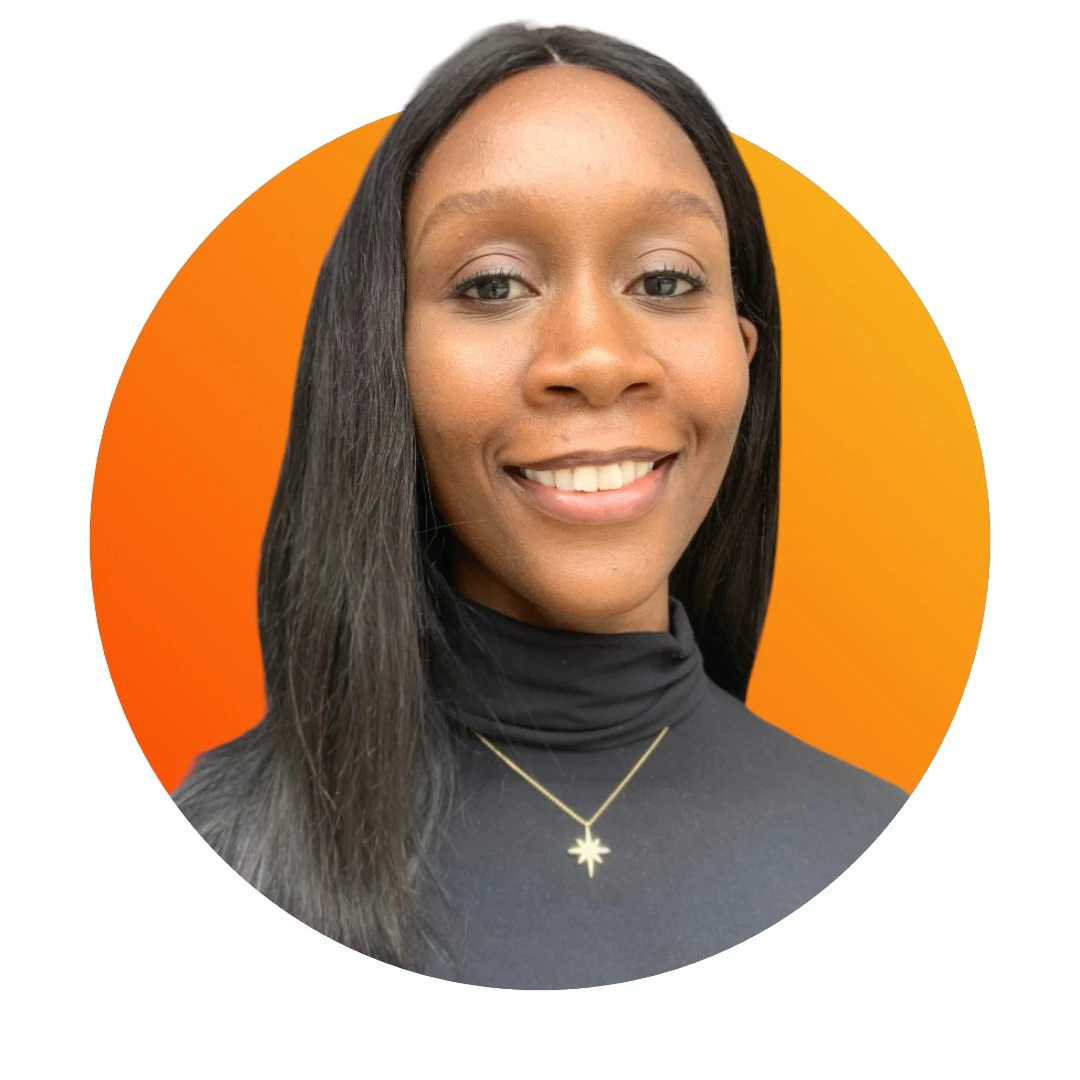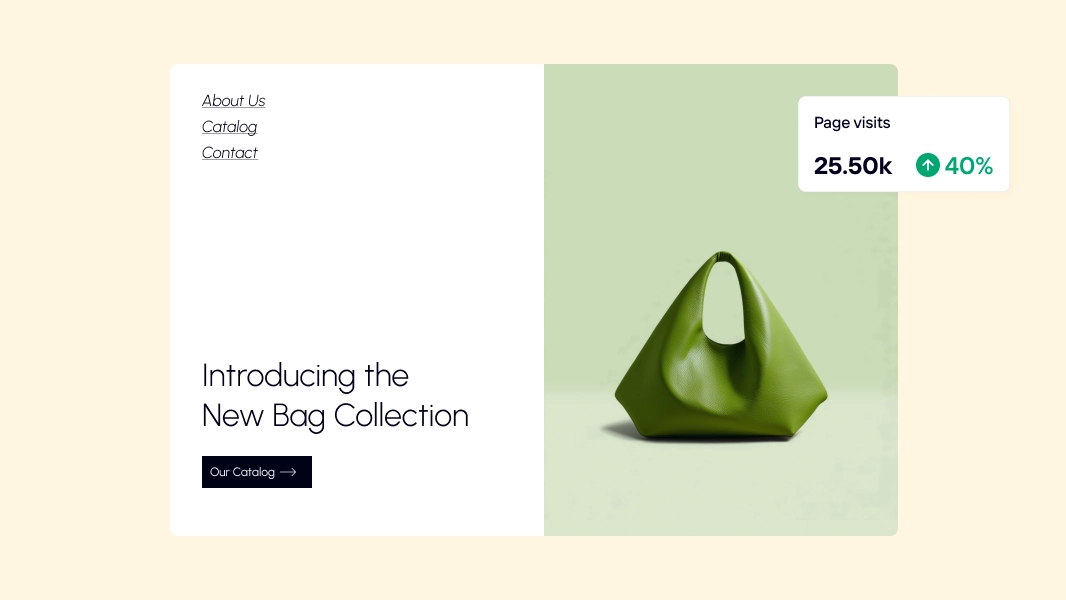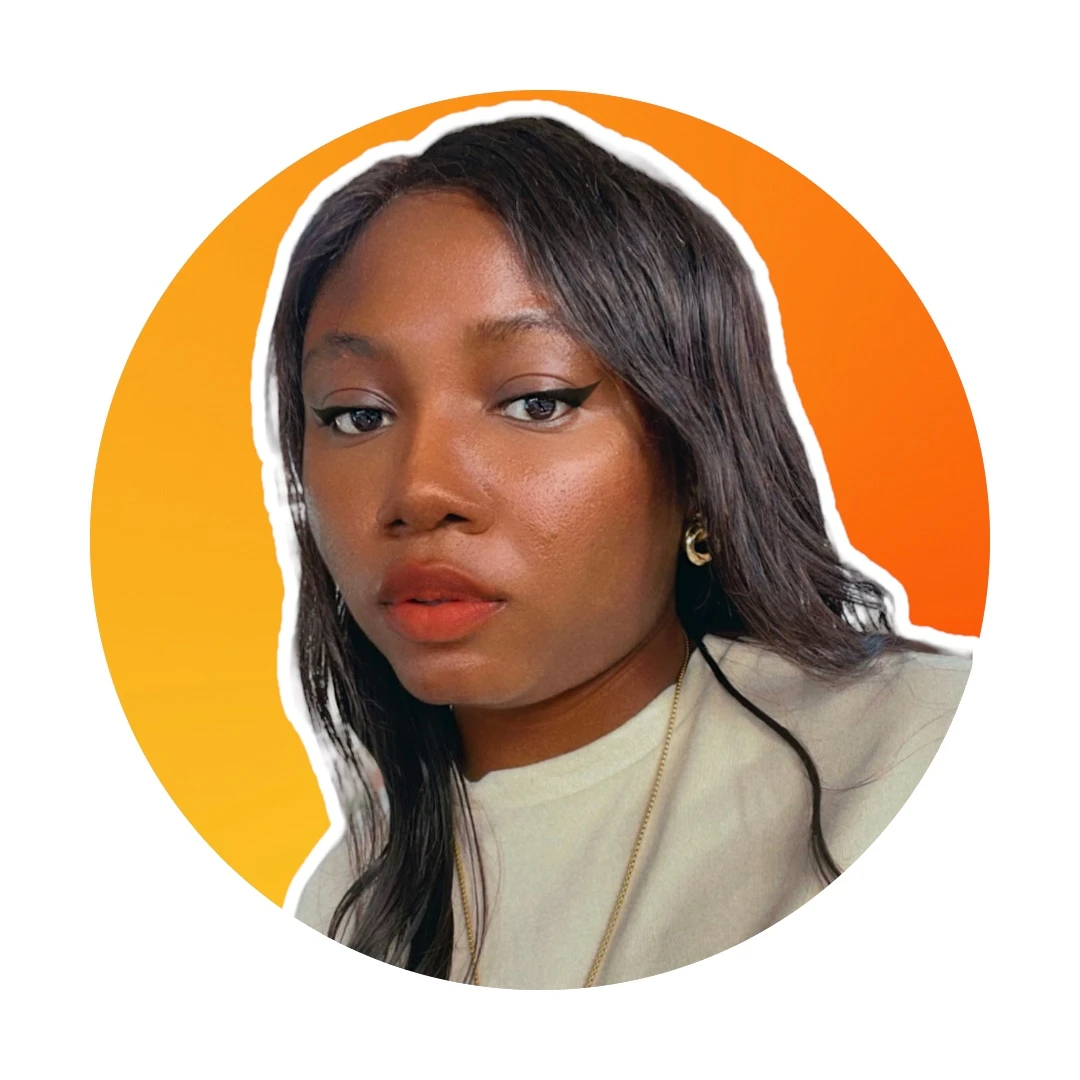Top 4 tips to create viral campaigns with AI
Gen AI is shaking up the world of consumer marketing as we know it. Think about it: marketing campaigns that used to take months of planning, content creation, and customer targeting can now come to life in a matter of weeks—or even days, with the right API—thanks to at-scale personalization.
The best part is that any marketer can include AI in their campaigns, offering audiences a chance to create user-generated content that can spread like fire through social media, creating brand affinity that’s hard to get with traditional (see: same old tired) marketing tactics.
Here are a few examples of the best viral marketing campaigns that leveraged AI to create buzz, engage their audiences and make their brands the most memorable moments of the year. We'll walk you through what you can learn from each and how you can apply the lessons to your next marketing campaign.
1. Wield the power of nostalgia and social media

The Barbie team, in collaboration with Photoroom, created a virtual photo booth that allowed fans to transform their selfies into posters from the movie, tagline and all. This not only allowed audiences to become characters in the Barbie universe, it also created new fans by giving them shareable, personalized content they could use to create memes for their social media.
The results were immeasurable. The Barbie movie's marketing campaign—through its collaboration with Photoroom—ingeniously amplified brand visibility (and affinity) across social media platforms by literally turning fans into dolls from the Barbie universe. By allowing audiences to transform their selfies into personalized movie posters using a digital selfie booth, the campaign not only engaged the franchise's target fanbase, but it also attracted new audiences, effectively turning spectators into brand ambassadors.
This strategy of creating shareable, customized content that tapped into the nostalgia and personal identity of fans resulted in a viral sensation, significantly boosting discussions and excitement around the film. This approach also used AI to generate widespread personalized engagement and, ultimately, it contributed to the movie's commercial success by getting more people in movie theatre seats.
2. Generate hype for exclusive events and releases
Imagine the atmosphere of anticipation surrounding an exclusive event, where attendees are eagerly waiting to be a part of something new and innovative. Now, add the hyper-personalized element of AI photo booths to the mix, which gives fans the opportunity to infuse themselves into a brand’s narrative. The combination of AI-driven novelty and the allure of exclusivity is really powerful in industries where a sense of uniqueness—like fashion and certain consumer goods—reigns supreme.
That’s exactly what the Hennessy marketing team set out to do. In celebration of 50 years of hip hop, Hennessy collaborated with the creative technology agency Solarflare Studio to create a digital and live event timed with the release of Hennessy’s limited edition VS bottle. The aim was to design a campaign that honored hip hop’s rich history and deepened Hennessy’s relationship with fans.

John Martinelli, Head of Production at Solarflare, reported that by merging AI-photo editing capabilities “into our social-first digital experience, our project is consistently producing top-notch results." The campaign ran smoothly, engaging fans and event guests, allowing them to share their personalized content on social media and take part in a moment of hip hop history alongside a brand that’s synonymous with the genre.
This innovative campaign not only strengthened a deeper connection between the brand and its audience by linking them directly with the rich history of hip hop, it also capitalized on the exclusivity of the event tied to the release of a limited edition Hennessy bottle. By offering this unique, time-sensitive and personalized content, Hennessy effectively blended the allure of exclusivity with a personal touch, creating a delightful experience for fans and reinforcing the brand's legacy within the context of a landmark cultural celebration.
3. Make your audience part of the story
Every marketer worth their salt knows about the psychological impact of storytelling and includes it in their work in some way. Whether it’s customer stories, thought leadership content, or brand storytelling, this device is an important part of every content strategy. But what happens when you add AI to the actual content experience? It has the potential to engage audiences in a whole new way.
Take Netflix, for example. In a season six episode of Black Mirror called Joan is Awful, we’re introduced to a fictional streaming service named Streamberry, where the protagonist—a tech company employee named Joan—discovers her life is being replicated as a TV show. In the uncanny tech world of Black Mirror, users unknowingly sign away the rights to their digital likeness upon subscription, allowing the company to monitor them through personal devices and create highly personalized TV shows using their life story.
In a meta promotional twist, Netflix launched a website for Streamberry—powered by Photoroom—mimicking its own interface, where visitors are prompted to upload a photo of themselves under the guise of potentially featuring on a billboard. Mirroring the fictional scenario presented in Joan Is Awful, the terms of service for participating in this virtual experience explicitly state that users grant Netflix extensive rights to their digital likeness.
On the one hand, this blending of fiction and reality was a surprising commentary on digital rights and privacy, inviting viewers to reflect on the implications of their online engagements and the fine line between personalized entertainment and privacy. On the other hand, it served as a brilliant marketing strategy for Netflix.

4. Connect a global creative audience with a contest
Contests that ask for submissions from the general public aren’t a new marketing tactic by any means. Doritos, for example, created the fun and fresh campaign “Crash the Super Bowl” that ran for ten years. They asked fans to submit a Doritos commercial that could potentially be featured in the Super Bowl (here’s a personal favorite). Ice cream brand Ben & Jerry’s created the “Do the World a Flavor” contest where they asked fans to submit ice cream flavor ideas that could potentially become a new product in their line of ice creams. Contests like these empower consumers to play a direct role in a brand’s creative process, turning everyday fans into influential contributors to the brand's legacy and product lineup.
And when you add the interactive, personalized element of AI to a traditional contest? You get magic. That’s what Coca-Cola discovered with its AI-leveraged campaign, Create Real Magic, which invited digital artists from around the world to submit artwork featuring elements from Coca-Cola's advertising history.

Coca-Cola's campaign wasn’t just about getting people to notice the brand; it was also about tapping into the worldwide creative community. People from all around the world were able to bring their own ideas to tell Coca-Cola’s story. With AI in the mix, we're talking about customizing this experience in ways we've never seen before, making every piece of content as unique as the person who helped create it.
How to create a viral campaign using Photoroom
The rise of AI in marketing campaigns is only beginning (literally—it started last year!). From here on out, it’s only going to evolve into something even more sophisticated and accessible. Marketing campaigns that offer AI-powered user-generated content are perfect because they offer a level of personalization and engagement that traditional tactics can’t deliver.
Whether you're a marketing agency looking to create a buzz for a product launch, a company looking to foster employee engagement, or a brand looking to create a unique, immersive experience for your customers, Photoroom can help. You can leverage our Remove Background API to power your next innovative marketing campaign.
Unlocked creative power: Photoroom's Remove Background API empowers marketers to harness the potential of AI-driven creativity, motivating audiences to participate and share their personalized content
Streamlined visual excellence: Photoroom’s API is built to handle the most demanding workloads across the world. With over 3 million images processed per day, we can handle even the most successful of campaigns.
Differentiated marketing: Marketers can stand out from competitors by leveraging the AI buzz to create unique, memorable campaign experiences that resonate with their audiences.
For more information, check out our the full suite of our API solutions and try the Selfie Generator using the demo.
Learn AI-driven marketing from Barbie and Warner Brothers
The Barbie selfie generator garnered attention of millions of fans, and helped Barbie the movie become a household name. Watch our webinar on launching viral marketing with AI. where we:
Provide an overview of Barbie, the movie's social media campaign.
Share how you can create a unique and engaging experience with our API.
Demo our AI solutions and how to accelerate your ad testing and deliver strong return on advertising spend (ROAS).
Related articles:




Design your next great image
Whether you're selling, promoting, or posting, bring your idea to life with a design that stands out.
















